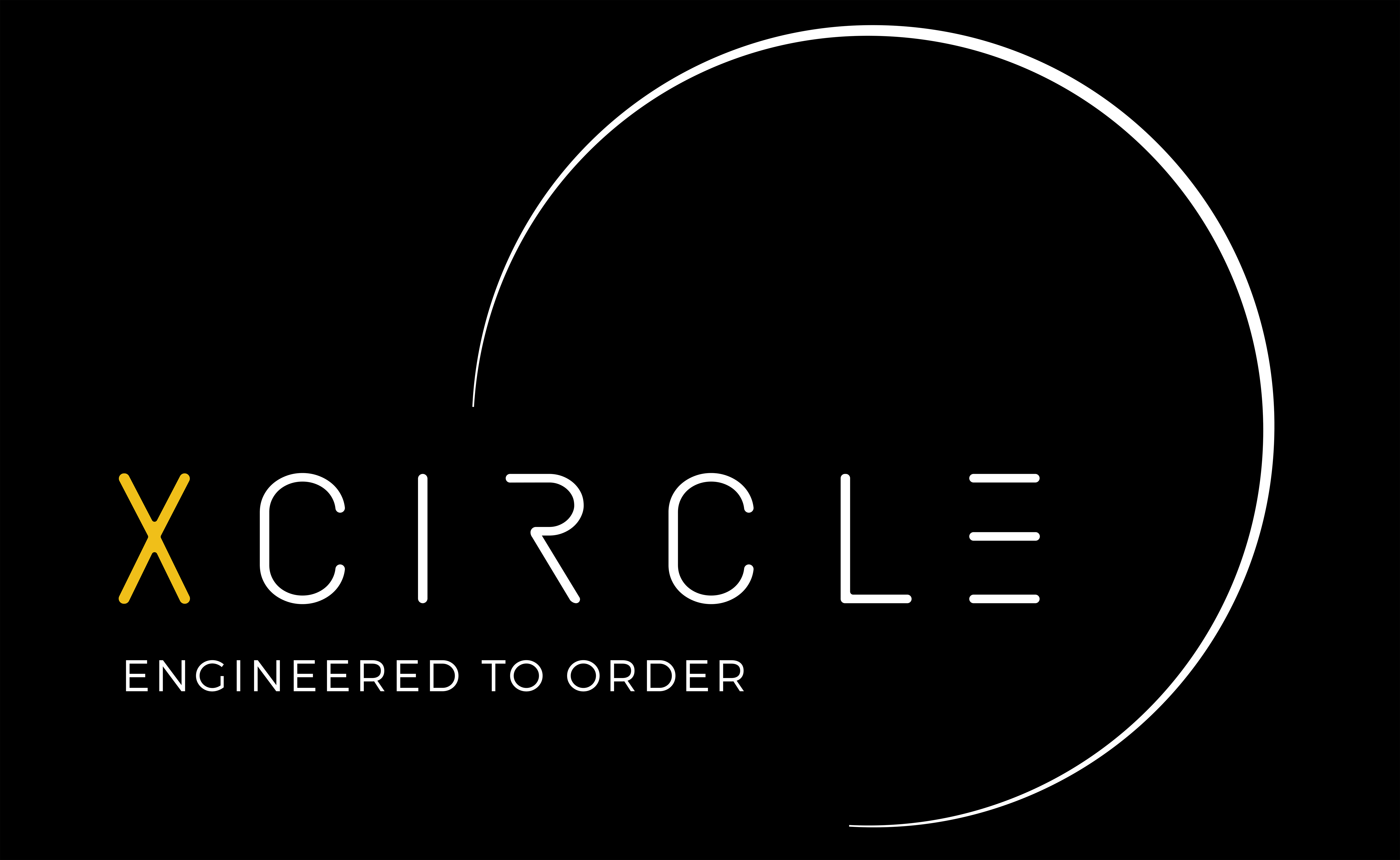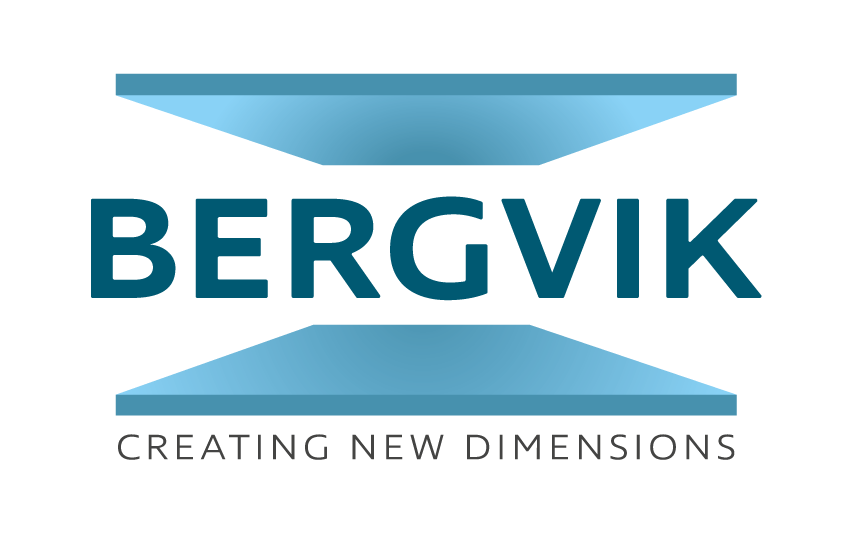All enterprises, big or small, need to have their infrastructure to operate efficiently. The infrastructural needs of every organization differ depending on what niche they are in. For example, a security firm would have different infrastructure needs compared to a fast food franchise.
Before cloud computing, organizations had to invest heavily in their infrastructure. With cloud computing, some of these costs have been offset, making it easier for start-ups and established businesses to operate. However, how do you decide between a data centre and a server room for your business? Read on to find out.
Types of Data Communication
The whole point of investing in infrastructure is to securely access and have information transmitted to the right point. It is, therefore, important to understand how this works.
The transmission of data between two devices is mainly categorized into 3 types:
- Simplex communication
- Half-duplex communication
- Full-duplex communication
Simplex Communication
Simplex communication is the one-way transmission of data between two devices. For example, this can be communication between a microphone and a speaker. In this setup, one device is the sender, and the other is the receiver. Data can only be transmitted one way and cannot go in the opposite direction. This type of communication can be used to automate data communications in an organization. For example, a tv station can set a certain program to be broadcast at a specific time.
Half-duplex Communication
In this type of setup, information can flow between two devices but not at the same time. This type of communication is also known as two-way communication. An example of this is the walkie-talkie commonly used by security personnel. As one is talking from the other end, the other must listen first and respond after the message has been transmitted completely. This is effective in having clear communication and avoiding miscommunication or transmission of incomplete information, which could lead to disaster n the case of security operations.
Full-duplex Communication
Full-duplex communication allows for the simultaneous exchange of information. An example of these is the mobile phone and computer. They can send and receive information at the same time. Also, they can communicate through different channels at the same time. This kind of information is important when there is a need for multiple information exchanges.
Leading Edge Data Centres Data Centre vs Server Room, The Main Difference
To put it simply, a data centre is a location or building where an organization keeps its server hardware and networking equipment. This can also be referred to as having your server hardware and networking equipment offsite. On the other hand, a server room is a specific area within an organization’s building where they store their server hardware and networking equipment (on-site).
You can use any setup to run your business. However, depending on your needs, one factor could tip the scale in favour of any of the two.
Datacenter
Pros
- Data centres allow businesses to cut maintenance costs. This is especially important for start-ups. You can outsource your infrastructure needs and cut costs associated with running a data centre.
- Since you are not focused on maintaining and running your data centre, you can focus on improving and expanding your enterprise.
- Most data centres have backup systems and climate control.
- Data centres also have backup generators, so your business doesn’t have to suffer downtimes in case of a power outage.
Cons
- In terms of up-front costs, going for a data centre can be expensive, depending on your infrastructural needs
- You will be dependent on your provider for security, maintenance, and uptime.
Server Room
Pros
- The biggest advantage of having a server room is you don’t need to pay someone to use their infrastructure.
- With a server room, you have full-time access to the servers at any time.
- You can modify and manage your servers according to your business needs at any time.
- With a server room, you can rest assured your information and data is secure. This is especially important for enterprises that deal with sensitive information.
Cons
- Having a server room comes with a lot of responsibilities. You are responsible for maintaining, updating, and responding to emergencies in your server room.
- Since you are fully responsible for your server room, all maintenance costs are on you.
- With server rooms, this means your backup could potentially be less effective. For example, your servers and backups could be lost in case of a fire.
- Relocation and expansion to new areas are challenging with server rooms. You will have to purchase new equipment for your other locations or use one server room as a data centre.
- Premise servers are also pricy, depending on your organizational needs.

Key Considerations
Now that you are familiar with the pros and cons of each setup, you need to look into some key considerations to be better equipped when deciding which to go for.
- Cost
Cost is a crucial factor for every organization. Working around your budget and ensuring your business gets the right setup is important.
When going for an on-site server room, there are some expenses you’ll need to incur. To have it working optimally. Your room needs a conducive operating environment with the right air conditioning and humidity control. Also, you need to consider maintenance costs, upgrades, security, and support personnel expenditures.
For a data centre, there are upfront costs like setup fees and deposits. Also, you need to incur recurrent costs such as monthly fees to host your data. These expenses may vary depending on your organizational needs. Over time, these expenses will be more compared to having a server room.
- Security
Security is a crucial factor for every organization. You need to secure your data as well as your infrastructure.
With a server room, you are fully responsible for your security. While this gives you control over your facility in terms of security. This also means additional costs to pay for security personnel and equipment.
With a data centre, you are fully dependent on someone else to secure your data. This, therefore, leaves you vulnerable if your provider gets breached. Most providers do invest in having the latest security protocols and infrastructure.
- Responsibility
Responsibility can be viewed in terms of maintenance and management of your server infrastructure.
For a server room, you will be fully responsible for your servers’ maintenance performance and security. The pros of this are you can customize your serves at any particular time to serve you better and also respond to downtimes quicker. The disadvantage is the costs associated with running the server room.
For data centres, you can relieve yourself of the hustle of running and maintaining servers. The downside to this is you have no control of the servers. However, you get to acquire experience in working with data centre personnel.
Which is Best for Your Business?
As mentioned before, all businesses have different infrastructural needs. Depending on your budget, goals, and operational needs, you can devise a list of requirements for your business and weigh which setup servers you best.








